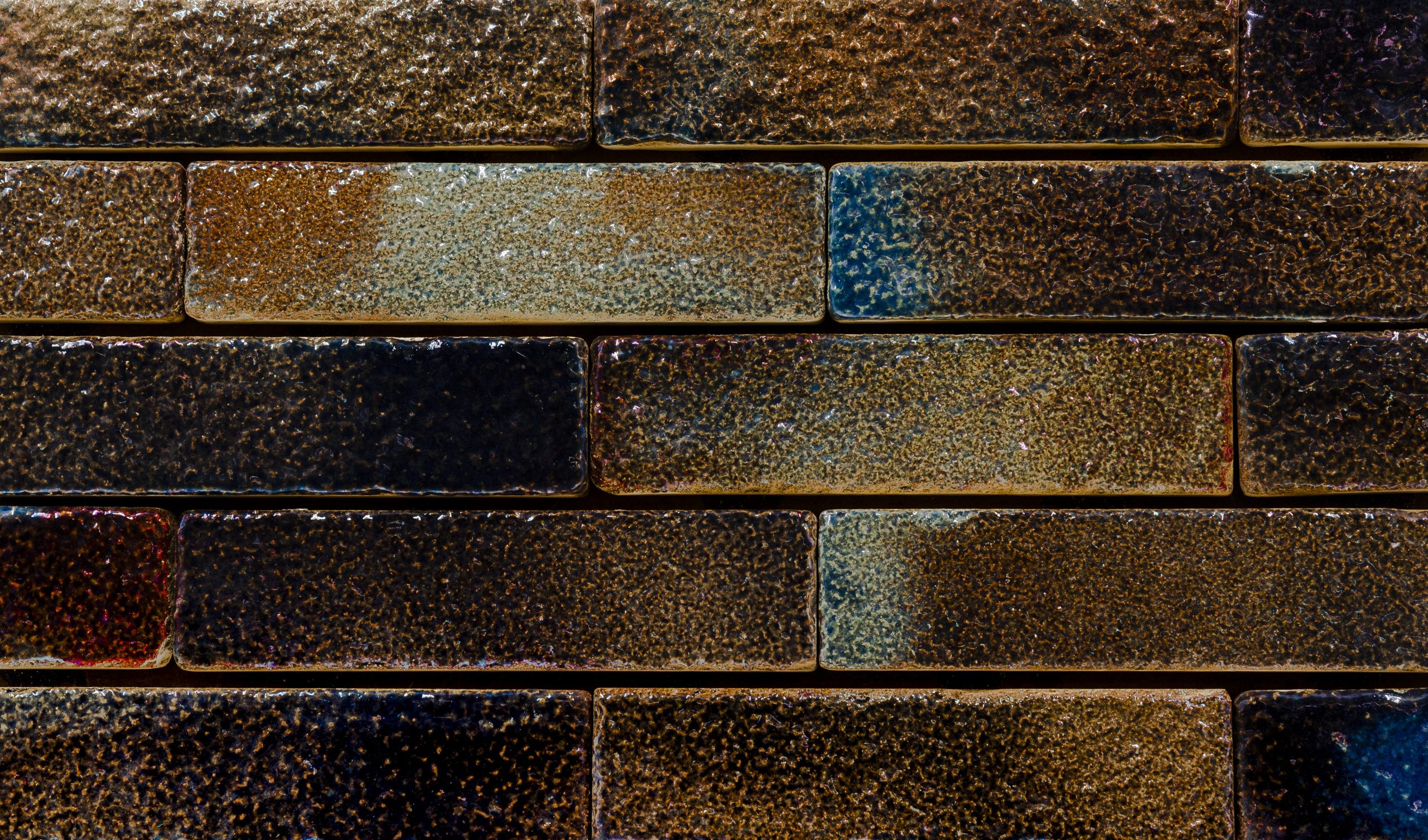Firebricks are specialized building materials designed to withstand high temperatures and are commonly used in applications such as fireplaces, furnaces, and kilns. The key to their heat resistance lies in their material composition, which consists of various refractory materials that can endure extreme heat without breaking down. Understanding the material composition of firebricks helps to appreciate their durability and performance in high-temperature environments.
Primary Components of Firebricks
- Alumina (Aluminum Oxide – Al2O3) Alumina is the primary component in most firebricks, especially those designed for high-heat applications. Alumina content in firebricks can range from 30% to 99%, depending on the intended use. The higher the alumina content, the greater the brick’s ability to withstand high temperatures. For example, firebricks used in steel production, where temperatures often exceed 1,500°C, are typically made from bricks with a high alumina content.
- Silica (Silicon Dioxide – SiO2) Silica is another essential component in firebricks. It helps to provide structural integrity at high temperatures. Silica bricks, commonly used in glass furnaces, have high thermal shock resistance, meaning they can endure rapid temperature changes without cracking. In many firebricks, silica content ranges from 50% to 60%, depending on the application.
- Refractory Clay Refractory clay, which is a form of kaolinite, is used in lower-temperature applications. This material is often combined with alumina and silica to create bricks that can withstand moderate temperatures, making them ideal for residential fireplaces and pizza ovens. Refractory clay bricks are relatively inexpensive and easy to produce, making them a popular choice for home use.
- Magnesia (Magnesium Oxide – MgO) Magnesia is added to some firebricks to enhance their resistance to chemical corrosion, especially in industrial settings where acidic or basic materials are present. These bricks are known as magnesia bricks or basic firebricks and are commonly used in cement and steel industries where they are exposed to harsh environments.
- Zirconia (Zirconium Dioxide – ZrO2) Zirconia bricks are used in highly specialized applications that require extreme heat resistance and durability. Zirconia firebricks are particularly popular in the production of ceramics and glass because they offer superior thermal stability and can withstand temperatures up to 2,600°C.
Other Additives
In addition to the primary materials mentioned above, firebricks may also contain small amounts of other materials to enhance their properties. For example, bauxite, mullite, and chromite are often added to improve strength and heat resistance.
Firebrick Types Based on Composition
- High Alumina Firebricks: These firebricks contain a high percentage of alumina and are used in applications that require resistance to high temperatures and wear, such as steelmaking furnaces.
- Silica Firebricks: Made predominantly from silica, these firebricks are used in environments that experience rapid temperature fluctuations, like glass-making furnaces. ● Basic Firebricks: These contain magnesia or dolomite and are used in industries where they will come into contact with basic materials such as lime and cement.
Conclusion
The unique composition of firebricks allows them to perform well in high-temperature environments. By varying the proportions of alumina, silica, and other materials, manufacturers can produce firebricks with specific properties suited to different industrial or residential applications. Whether used in a small pizza oven or a massive industrial furnace, firebricks are a crucial component in managing heat and maintaining safety in high-temperature environments.



